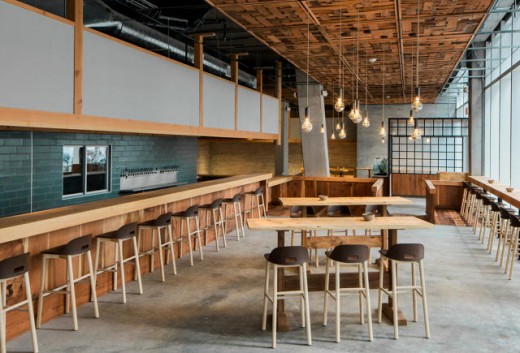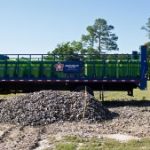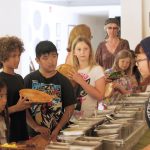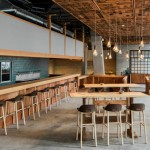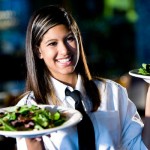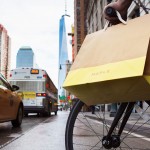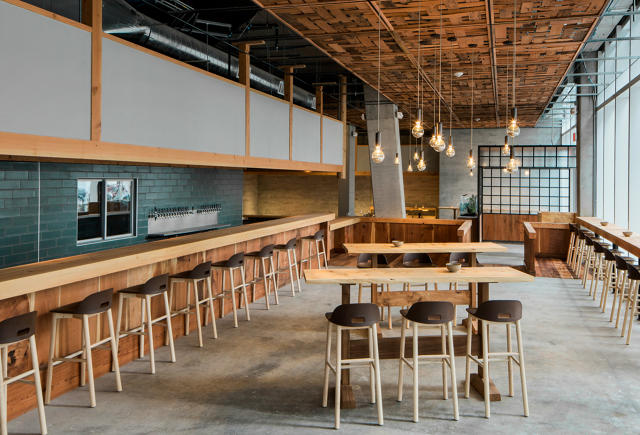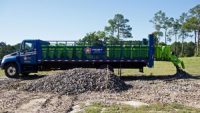The “Most Environmental Restaurant on this planet” just Opened
The Perennial, in San Francisco, goes to excessive lengths to be sustainable—however now not on the rate of being scrumptious.
January 20, 2016
It looks adore it’s only a piece of toast—albeit an awfully fancy piece of toast, artfully encumbered with greens and flower petals and part of a $12 appetizer. but the bread is in fact an example of the future of sustainability in food: The grains used to make the flour were bred to help suck carbon out of the ambiance.
Welcome to The Perennial, a new restaurant in San Francisco that aims to be, because the founders put it, “probably the most environmental ever.”
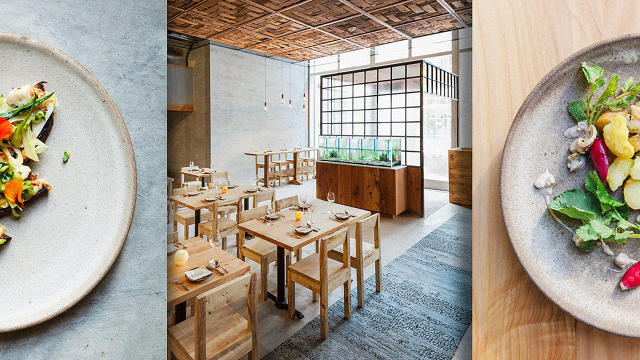
Two years after arising with the idea to create a restaurant that could serve as a lab to test new strategies to sustainability in the food world, restaurateurs Anthony Myint and Karen Leibowitz have built one thing that contains every conceivable inexperienced feature.
Kitchen scraps, as an example, are sent to an aquaponic greenhouse across the bay in Oakland, where worms compost the food waste. The worms are then was fish meals, and the fish help fertilize a crop of greens that are sent back to the restaurant.
“i feel the biggest factor that we wish to share is our relationship to meals waste,” says Leibowitz. “We’re trying to address it in a industrial context, the place a fantastic dining restaurant is so wasteful…portions may also be so wasteful. that is some of the issues we’re innovating on and need to share with others.”
Even the paper menus are printed with ink that may be safely eaten with the aid of worms, so when the menus put on out, they’re also sent to the compost bin. once I went to visit the restaurant the evening earlier than it opened, the straw in my drink used to be made from actual straw.
the brilliant, open kitchen is filled with additional-environment friendly appliances (and even pots that warmth up extra quickly to avoid wasting energy). The cocktails are blended in advance to save lots of water. The ceiling is lined with wooden scraps from the construction of the posts within the eating room, which have been recovered from the nearby Transbay Terminal. each element within the restaurant, from the chairs to the fridge within the bar, was once sparsely chosen for its sustainability.

however whilst you dine there, you do not get preached at. The timber-filled space is beautiful, however except for an aquarium within the nook rising a crop of cardamom to reveal aquaponics, it might be unsuitable for another excessive-end restaurant. it’s not straight away glaring that the meals is completely different or aiming for the rest instead of creativity or deliciousness.
“We’re trying to put the surroundings on the same footing as our culinary values,” Leibowitz says. “They type of have equal weight. … The chef isn’t going to position anything else on the menu that is good for the environment but would not actually taste excellent.”
The servers do not essentially deliver up the environment, and once they do, they may be learning to talk about it in a more positive manner than they would possibly have previously. “i believe like we have become used to excited about environmentalism with regards to deprivation or a certain kind of righteousness,” she says. “What we’re seeking to explore is the way in which that the meals world can be a part of a positive contribution to the surroundings and even absorb some carbon dioxide and actually combat climate trade in an instant.”
since the restaurant desires to draw any person who likes excellent meals—and now not simply zealous environmentalists—it serves meat, even supposing meat is without doubt one of the world’s largest contributors to climate exchange. however the meat they’ve chosen, from an area farm called Stemple Creek Ranch, is raised the use of “carbon farming”: when cattle graze on rangeland treated with compost, the method helps develop perennial grasses that can store carbon of their roots. The milk within the cafe comes from a dairy that additionally uses carbon farming.
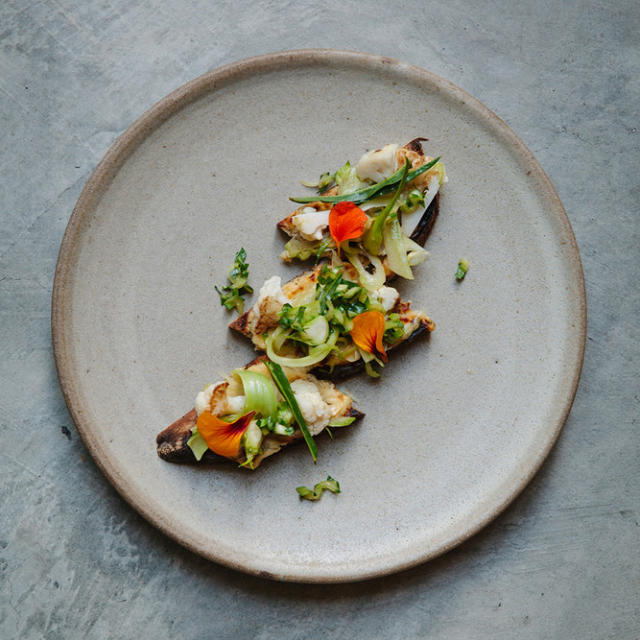
“We had to think about whether to make use of meat,” says Leibowitz. “For us, it was actually essential to be working at a level that other folks would aspire to and be impressed through and to attract in a big crowd, and take a look at to vary their relationship to meat, versus being this super specialised and more or less austere model.”
They worked with Tartine, the extremely-common Mission bakery, to create a brand new bread recipe the usage of Kernza, the carbon-sucking grain. it is included within the menu in a few other ways, and so they’re hoping it will become fashionable somewhere else as an alternative to conventional wheat.
not directly, they need the restaurant to serve as a resource for the remainder of the industry. “We truly wish to make it an open-source kind of position,” she says. “we don’t wish to be distinctive. We’re trying to be leaders. … We feel that with environmental action it’s much more highly effective if that you can get some momentum going.”
fast company , learn Full Story
(25)

